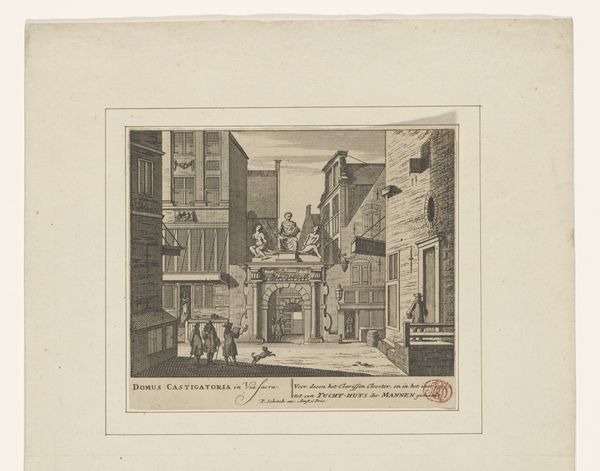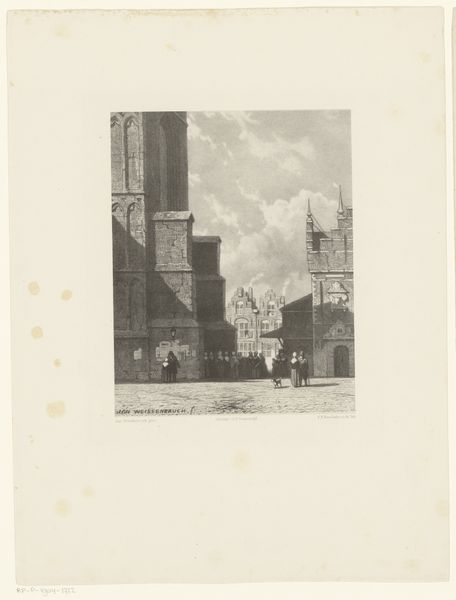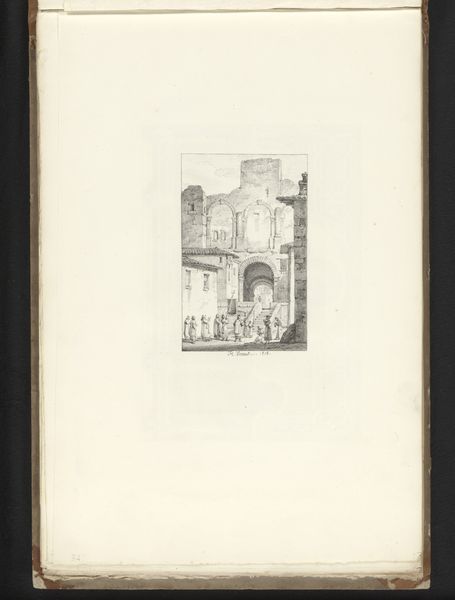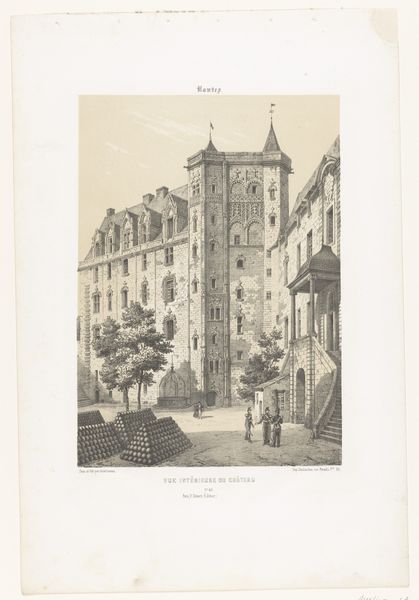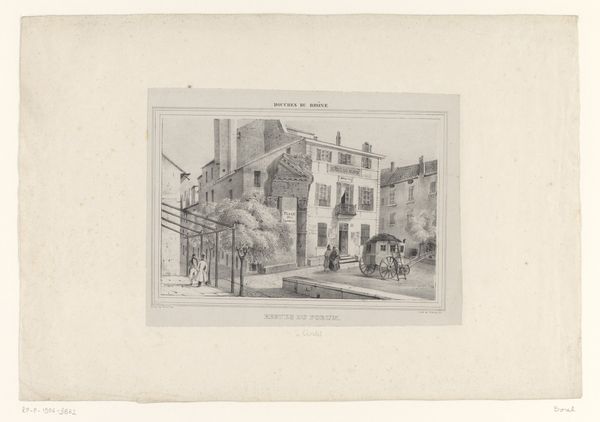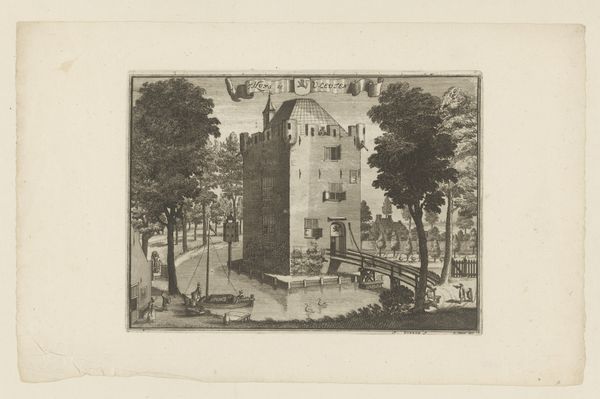
print, engraving, architecture
#
neoclacissism
# print
#
old engraving style
#
landscape
#
classical-realism
#
white palette
#
cityscape
#
history-painting
#
engraving
#
architecture
Dimensions: height 395 mm, width 282 mm
Copyright: Rijks Museum: Open Domain
Editor: So this print, “Zicht op de ruïnes van het antieke theater in Arles” by Borel et Grué, created around 1832-1833, captures the ruins with incredible detail using engraving. The muted tones and crumbling architecture give off this somber, reflective feeling. What do you make of this scene? Curator: It's a fascinating piece, particularly because it positions us to consider the layers of history being presented. What does it mean to depict ruins at this particular historical moment, the 1830s? The interest in classical ruins coincided with a rising sense of nationalism, using antiquity to construct a national identity. The artist invites the viewer to reflect not just on Roman history, but also France's place in relation to this past. Editor: So it’s not just about showing an old building? Curator: Exactly. This is an engraving, intended for wide distribution. What does it mean to make this ruin accessible to the public through print? It allows a broad audience to contemplate the past, and implicitly, France's contemporary cultural achievements in relation to this past. The very act of documenting and circulating this image becomes a form of cultural appropriation, re-contextualizing the Roman theater within a 19th-century French narrative. Consider the lone figure within the scene; does she observe the ruins, or do the ruins stand as silent testament to France? Editor: That’s a really interesting point. I was just seeing a pretty picture but you have placed it within history and cultural dialogue. Now the role of art is clear to me and what's the message of it all. Curator: I think it shows that even seemingly straightforward landscape depictions engage in complex cultural and political work. Thank you for pointing me towards that thought!
Comments
No comments
Be the first to comment and join the conversation on the ultimate creative platform.


